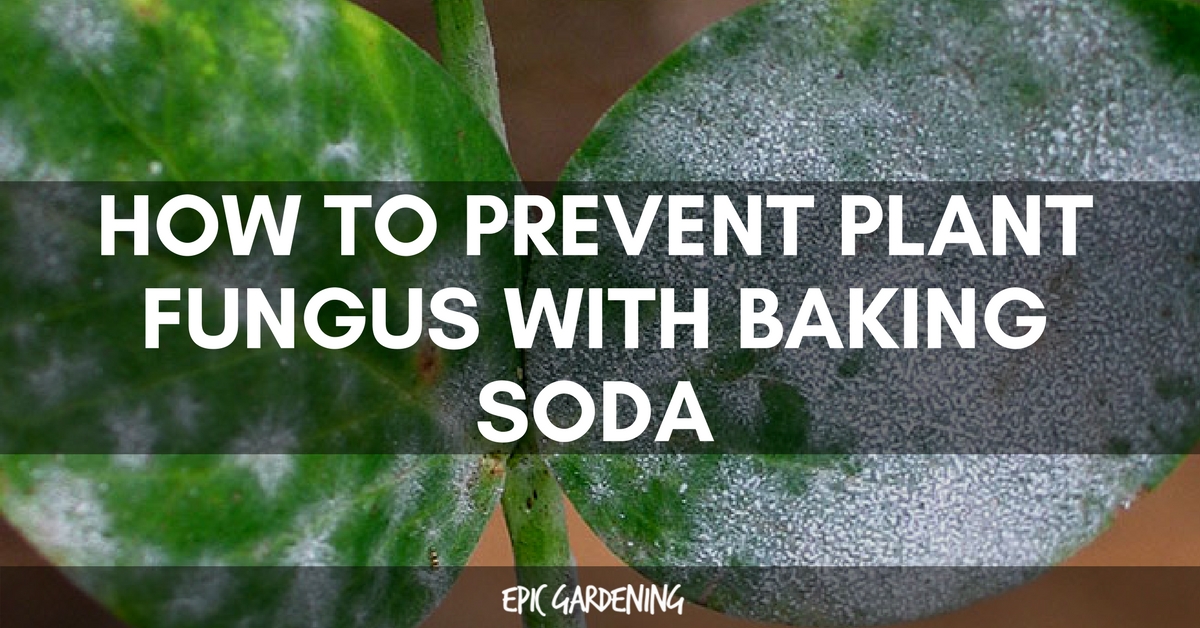The How To Get Rid Of White Fungus On Orchid article we provide is expected to provide useful information for you, all of which we have summarized well.

How to Get Rid of White Fungus on Orchid
I still remember the day I spotted a strange white growth on my beloved orchid. Panic washed over me as I feared the worst. Determined to save my cherished plant, I embarked on a quest to identify and eliminate the culprit. My journey led me to a wealth of information, which I’m eager to share with you today.
Before we delve into the specifics, let’s unravel the mystery surrounding this white fungus. It’s commonly known as Sclerotinia, or white mold, and it thrives in moist, warm environments. This fungus can wreak havoc on your orchid’s leaves, stems, and even flowers. If left untreated, it can swiftly spread and ultimately lead to the demise of your precious plant.
Identifying Sclerotinia
Recognizing Sclerotinia is crucial for its effective management. Look out for these telltale signs:
* Fluffy white growth on leaves, stems, or flowers
* Brown or black sclerotia (small, hard structures) embedded in the white growth
* Wilting or yellowing of affected plant parts
Comprehensive Overview of White Fungus on Orchids
White fungus, scientifically known as Sclerotinia sclerotiorum, is a common fungal disease affecting orchids. It typically manifests as white or gray, cottony mycelium on the plant’s surface. This fungus thrives in warm, humid environments and can spread rapidly, causing significant damage to orchid tissues.
The disease cycle involves the formation of sclerotia, which are small, hard structures that can survive in the soil for extended periods. These sclerotia serve as a source of inoculum for new infections. When conditions are favorable, such as high humidity and moderate temperatures, the sclerotia germinate and produce mycelium, which can spread to susceptible orchid plants through direct contact or airborne spores.
Understanding the Pathogenesis of Sclerotinia
To combat Sclerotinia effectively, it is essential to comprehend its pathogenesis. The fungus gains entry into the orchid plant through wounds or natural openings such as stomata. Once inside, it produces enzymes that break down the plant’s cell walls, allowing the fungus to penetrate deeper into the tissues.
The fungus establishes itself within the host plant, utilizing nutrients from the orchid for its growth and reproduction. As it proliferates, it disrupts the plant’s normal physiological processes, leading to tissue damage and wilting. The white, cottony mycelium on the plant’s surface represents the visible manifestation of the fungal colonization.
Timely Intervention: Tips for Eradicating Sclerotinia
Early detection and swift intervention are paramount to controlling Sclerotinia. Here are some practical tips to eradicate this fungal menace:
* Isolate infected plants: Prevent the spread of the disease by isolating infected orchids from healthy ones.
* Prune affected areas: Carefully remove and dispose of any infected leaves or stems. Ensure you use sharp, sterile shears to prevent further contamination.
* Fungicide application: Apply a fungicide specifically designed for controlling Sclerotinia. Follow the instructions on the product label meticulously.
Expert Advice: Preventive Measures for Orchid Health
Prevention is always better than cure. Implement these preventive measures to minimize the risk of Sclerotinia infection in your orchids:
* Maintain optimal growing conditions: Ensure proper ventilation and avoid overcrowding to reduce humidity levels. Avoid overwatering, as moisture promotes fungal growth.
* Sterilize tools: Disinfect gardening tools, such as shears and pruners, before and after use. This prevents the spread of pathogens from one plant to another.
* Quarantine new plants: Isolate newly acquired orchids for a period of time to observe for any signs of disease before introducing them to your collection.
Frequently Asked Questions
Q: How can I prevent Sclerotinia from recurring?
A: Implement preventive measures such as maintaining optimal growing conditions, sterilizing tools, and quarantining new plants. Additionally, consider using fungicides as a prophylactic measure.
Q: Is Sclerotinia harmful to humans?
A: Generally, Sclerotinia is not harmful to humans. However, some people with weakened immune systems may experience respiratory irritation if exposed to large amounts of fungal spores.
Conclusion: A Healthy Future for Your Orchids
By understanding the nature of Sclerotinia and implementing effective control measures, you can safeguard your beloved orchids from this destructive fungus. Remember, early detection and timely intervention are crucial. With proper care and a proactive approach, you can restore your orchids to vibrant health and enjoy their beauty for years to come.
Are you passionate about orchid cultivation and eager to learn more about protecting your plants from pests and diseases? Share your experiences and insights in the comments below. Together, let’s create a thriving community of orchid enthusiasts!

Image: www.epicgardening.com
How To Get Rid Of White Fungus On Orchid has been read by you on our site. We express our gratitude for your visit, and we hope this article is beneficial for you.